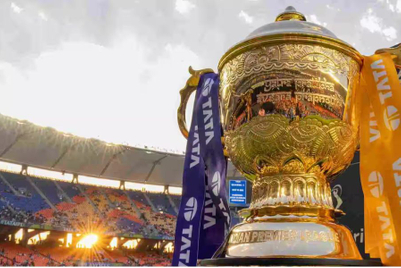
What works for the tournament is its understanding that ideas of scale require funding and imagination of an even bigger scale. The world’s best players have been recruited and a strong commercial interest created for them.
The IPL shows us that marketing is at its most valuable when it focuses on shaping products and creating brands rather than merely selling them. The IPL’s success lies in slicing cricket in a new way and aligning all elements of the brand in a way that magnifies its promise. Celebrities were roped in, not as ambassadors or endorsers but as owners, making the IPL their full time job, at least during the season. The other facet of this brand that makes it business-friendly is its focus on valuation; regardless of whether franchisees make money, they are almost certain today that their valuations will keep rising. We have seen a threefold increase in valuation of teams in three years, in the midst of speculative reports that only a few franchisees have made money.
Of course, there is learning of another kind too, yet the full import of that might take a little more time. By compressing and intensifying the sport so compellingly, there is a danger of the packaging becoming the product. Too many innovations, too many frequent changes in rules to milk viewership and too much pandering to viewers’ preferences can pose a danger to the sport itself. The IPL format takes all the juicy bits of the game and leaves out the boring stuff, which is in theory a great idea, but in practice can lead to jaded appetites as the once-exciting becomes commonplace. Given that the IPL has built such a high cost platform, it is particularly sensitive to changes at the margin, and even one bad year can turn the valuation story on its head.
More IPL News: As cricket's Indian Premier League (IPL) strikes a global deal with online video kings YouTube, traditional broadcasters of sport, their advertisers and sponsors are left to consider the future implications of the groundbreaking deal. Read more.
Got a view?
Email [email protected]
This article was originally published in the 11 February 2010 issue of Media.


.jpg&h=334&w=500&q=100&v=20250320&c=1)
.jpg&h=334&w=500&q=100&v=20250320&c=1)
.jpg&h=334&w=500&q=100&v=20250320&c=1)



.png&h=334&w=500&q=100&v=20250320&c=1)

.png&h=334&w=500&q=100&v=20250320&c=1)








